Electro Optic Modulator Basics and Applications
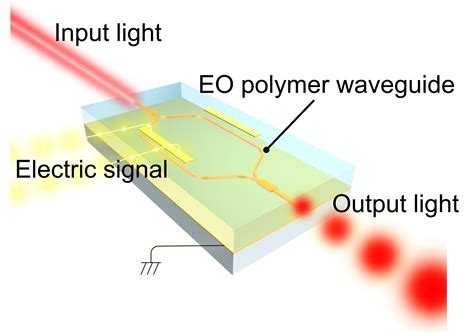
Understanding the Fundamentals of Electro-Optic Modulators
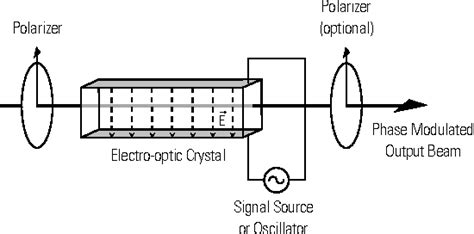
In the realm of photonics and optical communication systems, Electro-Optic Modulators (EOMs) play a vital role in manipulating light signals. An EOM is a device that modifies the properties of a light beam in response to an electrical signal. This modification can be in the form of amplitude, phase, or polarization of the light wave. The principle of operation of an EOM is based on the electro-optic effect, where an external electric field alters the optical properties of a material.
How Electro-Optic Modulators Work

The working principle of an EOM involves the application of an electric field to a non-linear optical material, such as lithium niobate or gallium arsenide. When an electric field is applied, the material’s refractive index changes, affecting the phase or amplitude of the light passing through it. This change in refractive index is proportional to the strength of the applied electric field.
There are several types of EOMs, including:
- Phase Modulators: These modulators change the phase of the light wave in response to the applied electric field.
- Amplitude Modulators: These modulators alter the amplitude of the light wave, effectively modifying its intensity.
- Polarization Modulators: These modulators change the polarization state of the light wave.
Key Components of an Electro-Optic Modulator
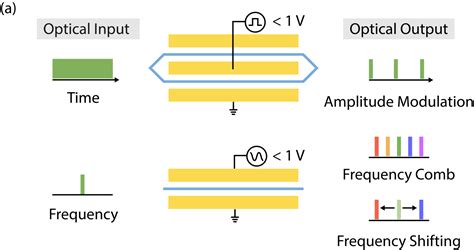
An EOM typically consists of the following components:
- Optical Waveguide: This is the non-linear optical material where the light signal propagates.
- Electrodes: These are the metal contacts that apply the electric field to the optical waveguide.
- Driver Electronics: These are the circuits that generate the electrical signal applied to the electrodes.
Applications of Electro-Optic Modulators

EOMs have a wide range of applications in various fields, including:
- Optical Communication Systems: EOMs are used to modulate light signals in fiber optic communication systems, enabling high-speed data transmission.
- Laser Technology: EOMs are used to modulate the output of lasers, creating high-frequency pulses for applications such as material processing and spectroscopy.
- Sensing and Metrology: EOMs are used in sensors and metrology applications, such as interferometry and spectroscopy.
- Quantum Computing: EOMs are used in quantum computing applications, such as quantum key distribution and quantum simulation.
Advantages and Challenges of Electro-Optic Modulators
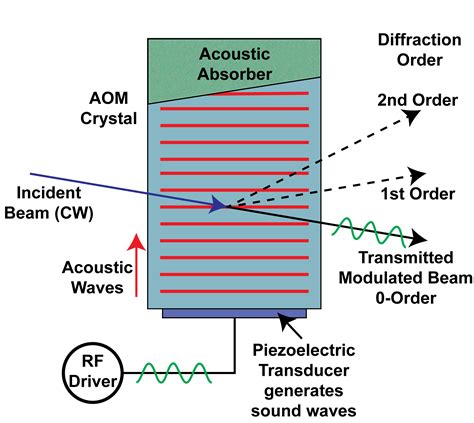
EOMs offer several advantages, including:
- High-Speed Operation: EOMs can operate at high frequencies, enabling fast data transmission rates.
- Low Power Consumption: EOMs typically consume low power, making them suitable for applications where power efficiency is crucial.
However, EOMs also face several challenges, including:
- Limited Bandwidth: EOMs have limited bandwidth, which can restrict their operation in certain applications.
- Temperature Sensitivity: EOMs can be sensitive to temperature fluctuations, affecting their performance.
Future Directions and Developments

Research and development in EOMs are focused on improving their performance, increasing their bandwidth, and reducing their size and power consumption. Some of the emerging trends and developments in EOMs include:
- Integrated Photonics: The integration of EOMs with other photonic components on a single chip.
- Silicon Photonics: The use of silicon as a platform for EOMs, enabling low-cost and high-volume production.
- Graphene-Based EOMs: The development of EOMs using graphene, which offers high-speed operation and low power consumption.
💡 Note: The development of EOMs is an ongoing process, with researchers and engineers continually exploring new materials and technologies to improve their performance and expand their applications.
In conclusion, Electro-Optic Modulators are crucial components in various photonics and optical communication systems. Their ability to modulate light signals in response to electrical signals enables high-speed data transmission, sensing, and metrology applications. As research and development continue to advance, we can expect to see improved performance, increased bandwidth, and new applications for EOMs in the future.
What is the primary function of an Electro-Optic Modulator?

+
The primary function of an Electro-Optic Modulator is to modify the properties of a light beam in response to an electrical signal.
What are the different types of Electro-Optic Modulators?

+
There are three main types of Electro-Optic Modulators: Phase Modulators, Amplitude Modulators, and Polarization Modulators.
What are some of the applications of Electro-Optic Modulators?
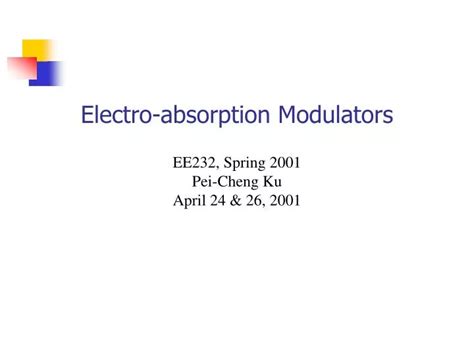
+
Electro-Optic Modulators have a wide range of applications, including optical communication systems, laser technology, sensing and metrology, and quantum computing.



